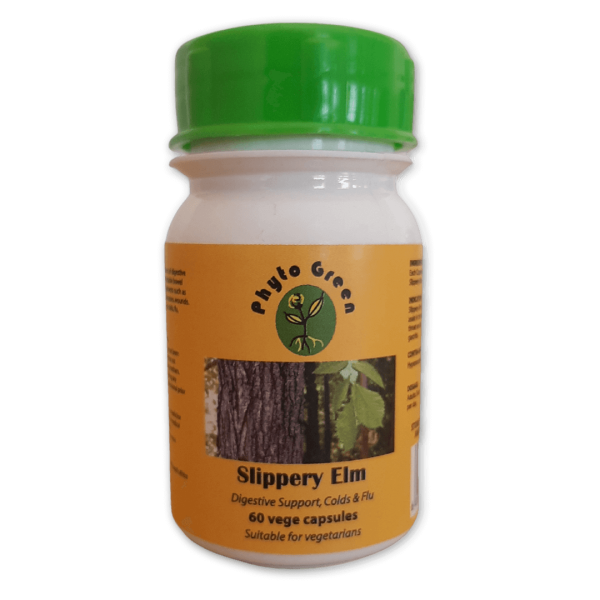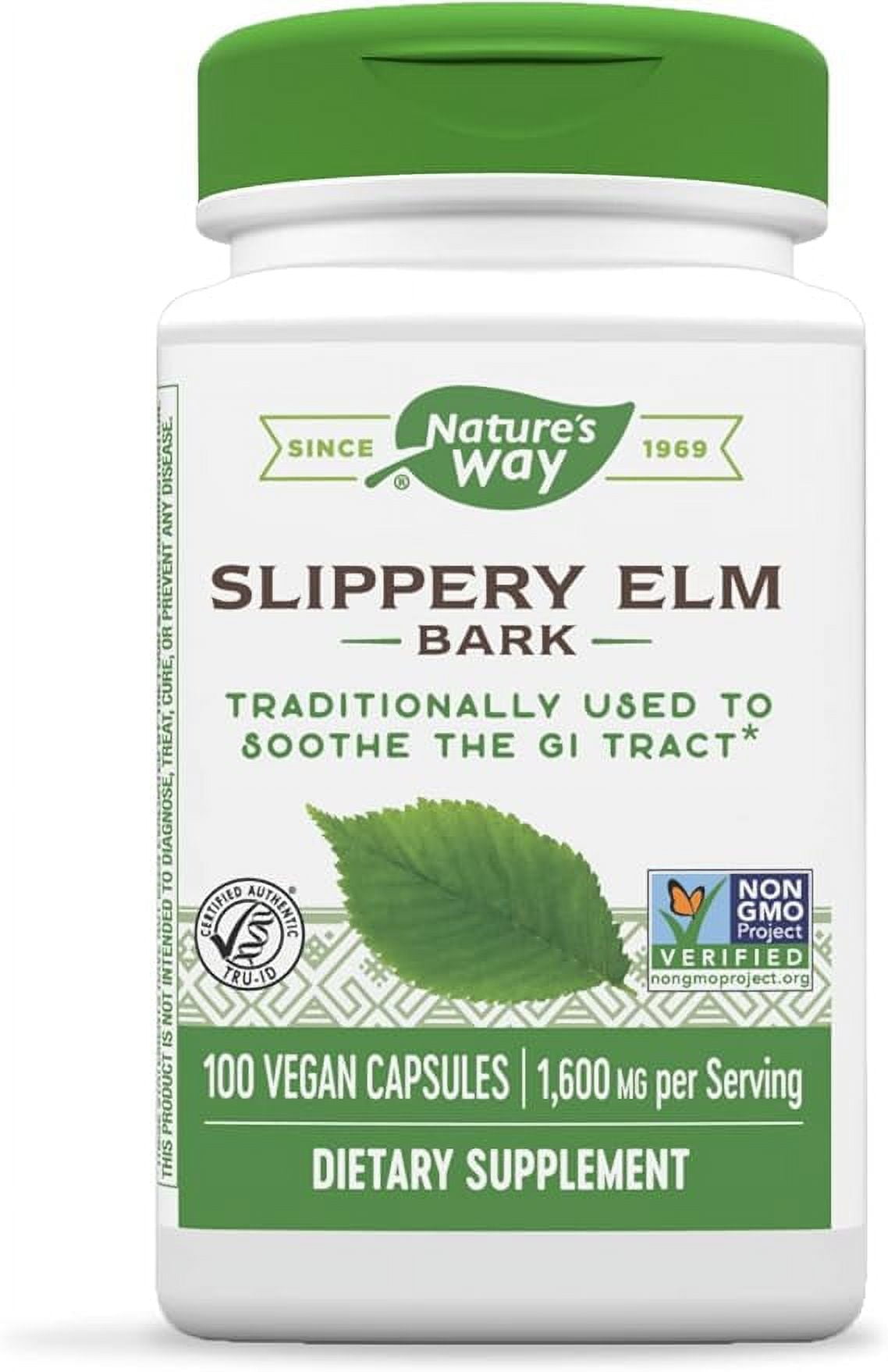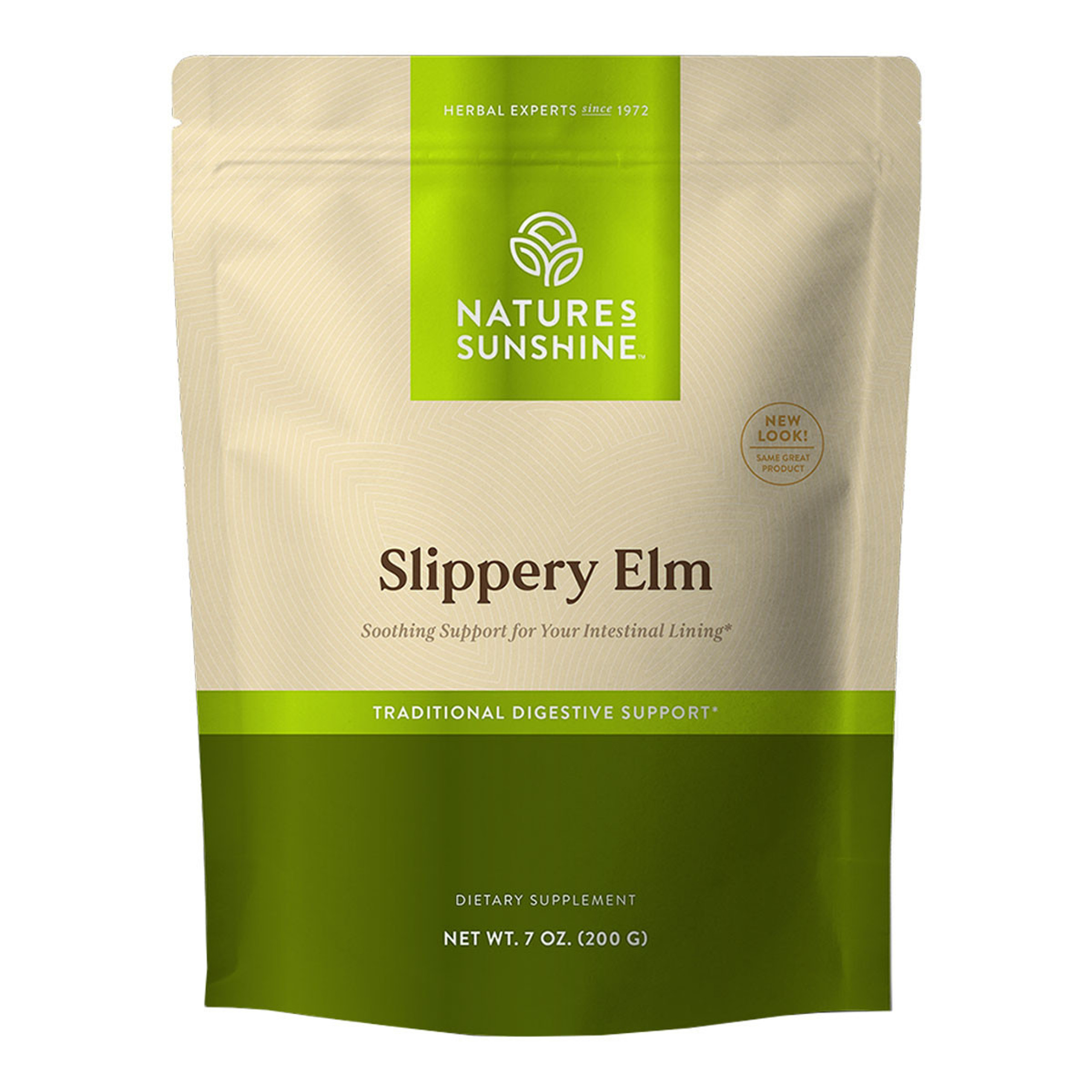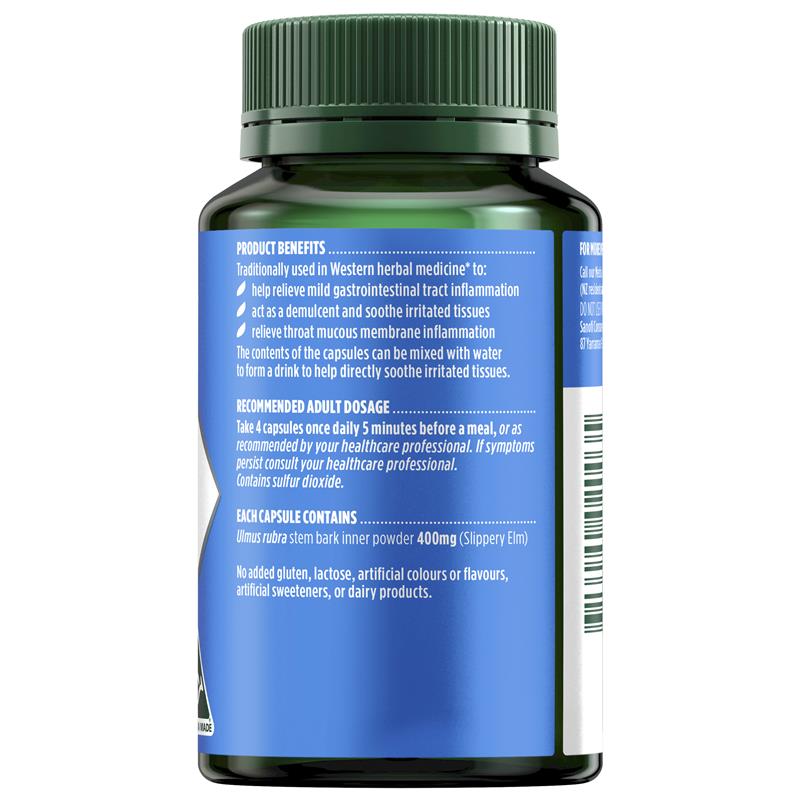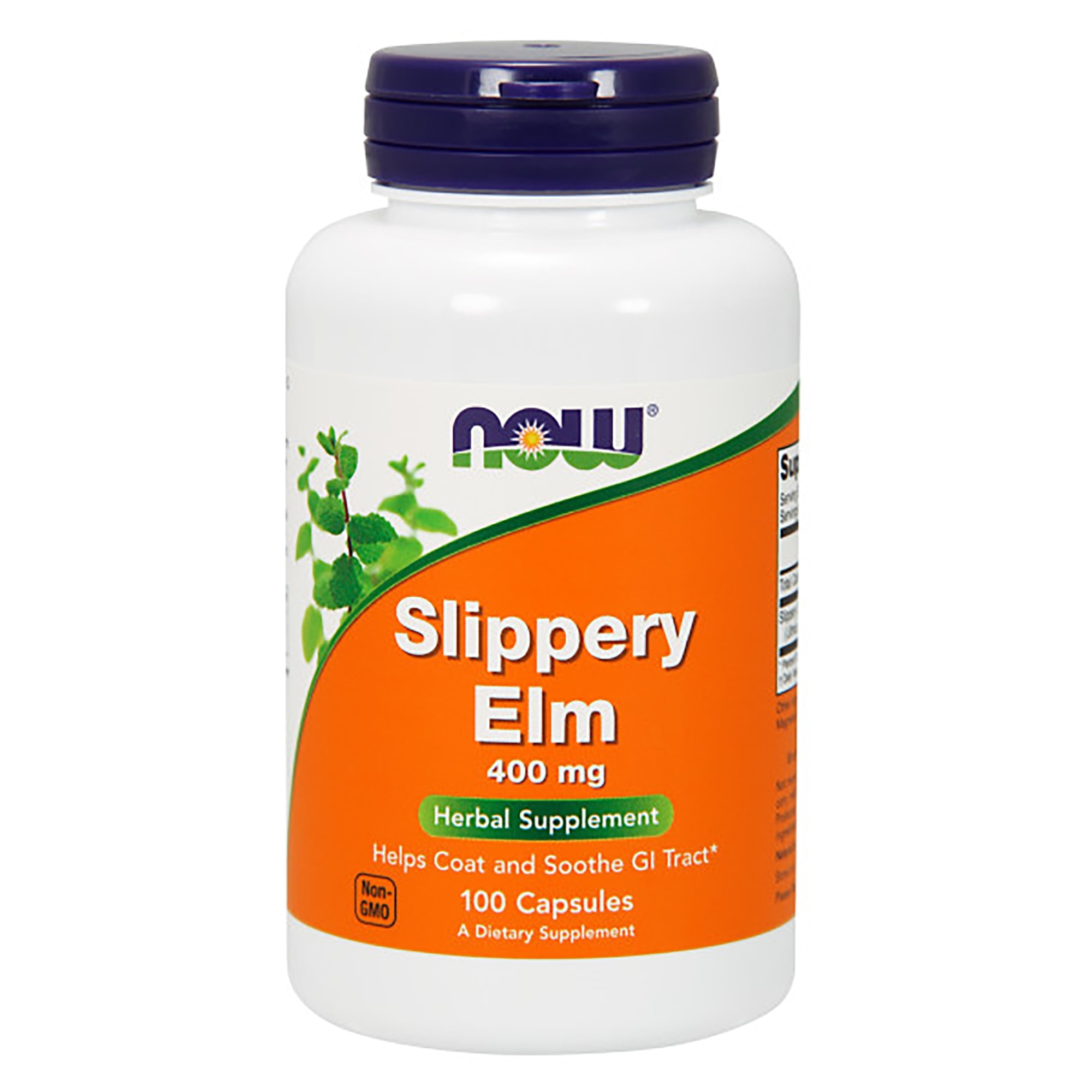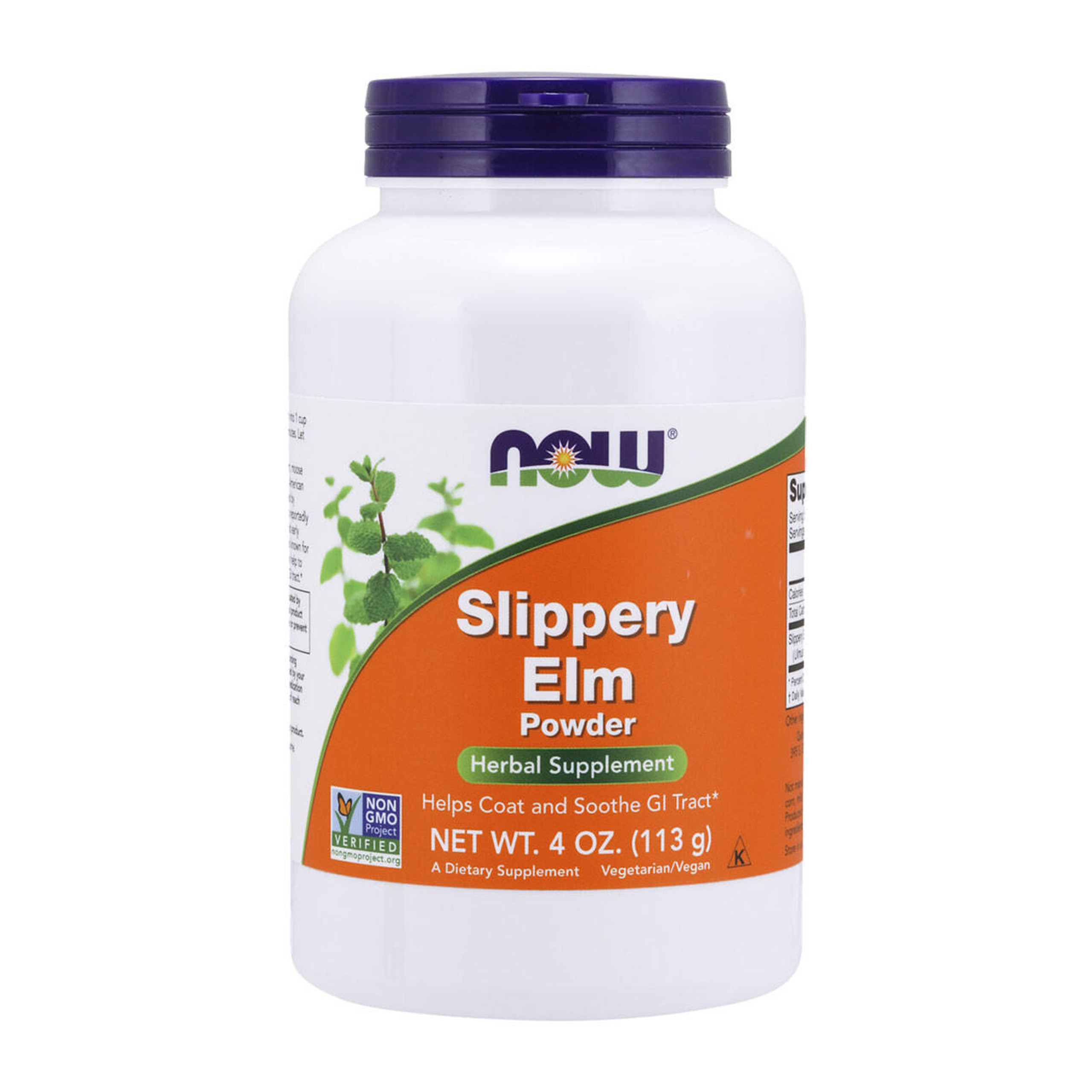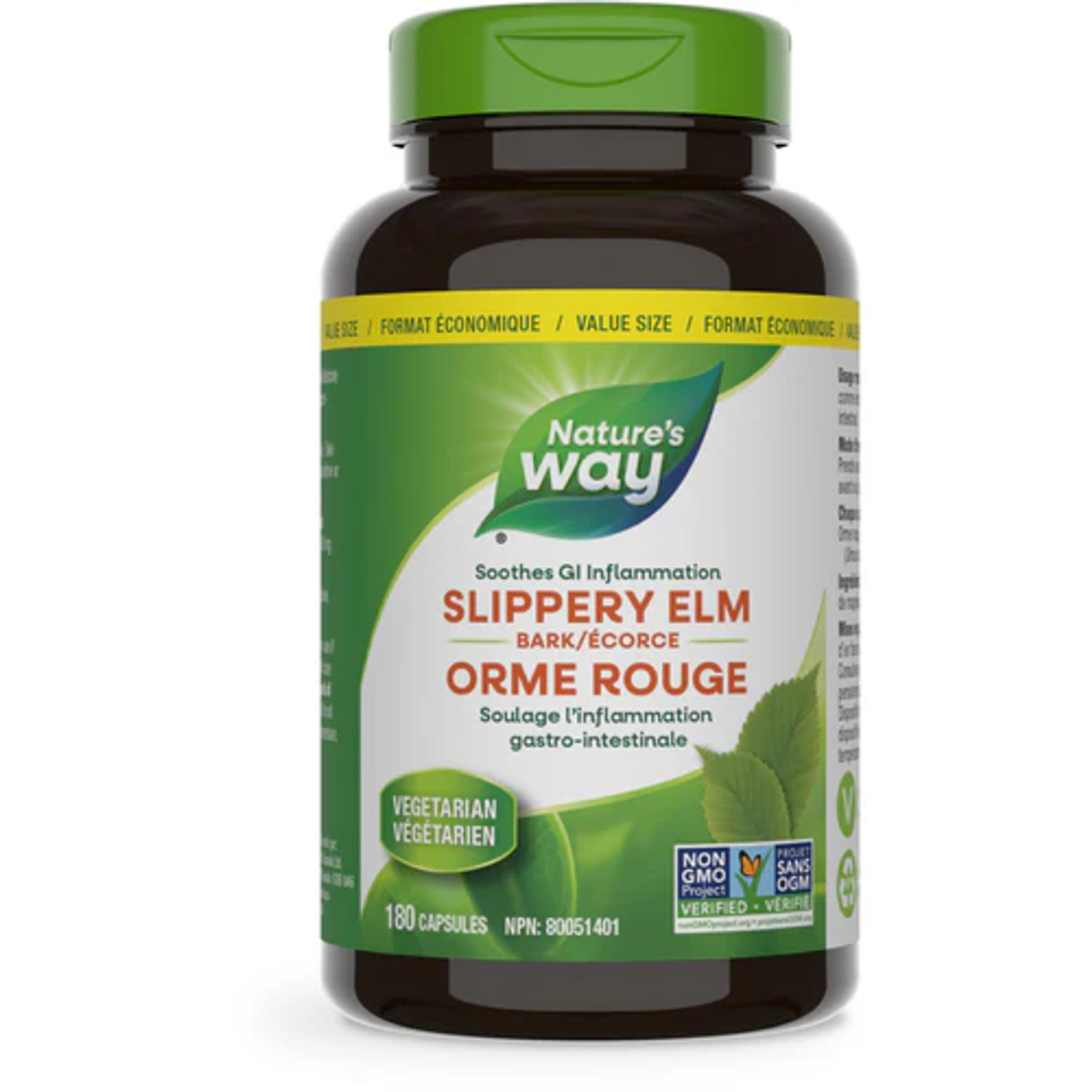Where Can You Buy Slippery Elm

The popularity of natural remedies has surged in recent years, and with it, a growing interest in slippery elm, a tree bark known for its soothing properties. But finding reliable sources for this traditional medicine can be more complicated than a quick online search.
This article aims to clarify where consumers can confidently purchase slippery elm, providing a comprehensive guide to reputable retailers, potential risks, and factors to consider before making a purchase.
Understanding Slippery Elm Availability
Slippery elm, derived from the inner bark of the Ulmus rubra tree, is recognized for its mucilage content, which forms a soothing gel when mixed with water. This property makes it a popular choice for addressing digestive issues, coughs, and sore throats.
However, the availability of slippery elm can vary significantly depending on location and the form desired (e.g., powder, capsules, lozenges).
Reputable Retailers and Suppliers
Health Food Stores: These stores are often a primary source for slippery elm. They typically carry a range of brands and forms, allowing consumers to compare products and read labels carefully.
Pharmacies and Drugstores: While not always stocked on shelves, many pharmacies can order slippery elm products through their distributors. This can be a reliable option, especially for individuals who prefer to purchase from established businesses.
Online Retailers: Online marketplaces like Amazon and specialized herbal supplement websites offer a vast selection of slippery elm products. However, due diligence is crucial when purchasing online to ensure product quality and authenticity.
Evaluating Online Sources
When buying slippery elm online, consider the following:
Brand Reputation: Research the brand's history and reputation. Look for brands that have been in the herbal supplement market for a substantial period and have positive customer reviews.
Third-Party Certifications: Certifications from organizations like the U.S. Pharmacopeia (USP) or NSF International indicate that the product has been independently tested for quality and purity. Seeking out these certifications adds an extra layer of assurance.
Read Reviews Carefully: While customer reviews can be helpful, be wary of overly positive or generic reviews. Focus on reviews that provide specific details about the product's effectiveness and quality.
The Importance of Quality and Sustainability
The increasing demand for slippery elm has raised concerns about sustainable harvesting practices.
Overharvesting can deplete slippery elm populations and disrupt forest ecosystems. Consumers should prioritize purchasing from companies that practice sustainable harvesting and source their slippery elm responsibly.
Look for products that are certified as sustainably harvested or ethically wildcrafted. These certifications ensure that the slippery elm is harvested in a way that minimizes environmental impact.
Potential Risks and Considerations
While generally considered safe, slippery elm can interact with certain medications. Its mucilage content can interfere with the absorption of drugs taken orally.
Individuals taking prescription medications should consult with their healthcare provider before using slippery elm to avoid potential interactions. This is particularly important for those taking medications for diabetes, heart conditions, or thyroid disorders.
Pregnant or breastfeeding women should also consult with their doctor before using slippery elm, as its safety in these populations has not been extensively studied.
Navigating Product Forms and Dosages
Slippery elm is available in various forms, including powder, capsules, lozenges, and teas. The appropriate form and dosage can vary depending on the intended use.
For digestive issues, slippery elm powder is often mixed with water to create a soothing drink. Lozenges and teas are commonly used to relieve sore throats and coughs.
Always follow the dosage instructions provided on the product label or as directed by a healthcare professional. Starting with a low dose and gradually increasing it can help minimize the risk of side effects.
Looking Ahead: The Future of Slippery Elm Sourcing
The future of slippery elm sourcing depends on responsible harvesting practices and increased consumer awareness.
Efforts to promote sustainable harvesting methods and educate consumers about the importance of purchasing from reputable sources are crucial. Continued research into the therapeutic benefits of slippery elm can also help solidify its role in natural medicine and ensure its long-term availability.
By making informed choices and supporting sustainable practices, consumers can contribute to the responsible use and preservation of this valuable natural resource.


